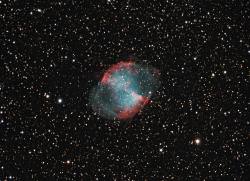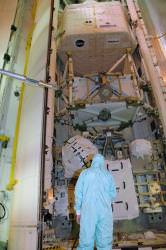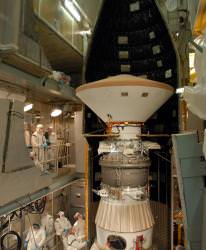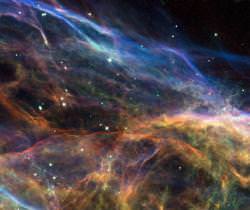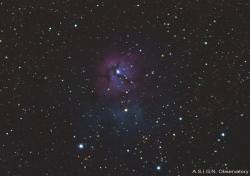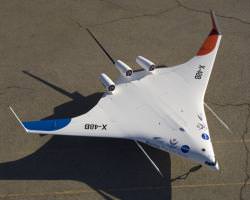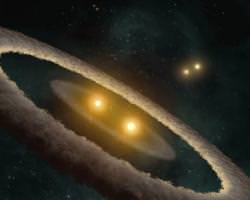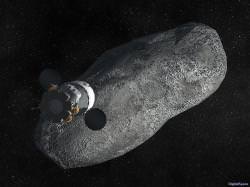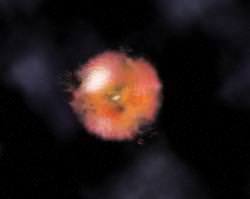Although NASA is gearing up to send humans back to the Moon, and eventually Mars, mission planners are also considering missions to Near Earth Objects (NEOs). These are the asteroids with orbits that cross our own, and might eventually impact the planet.
NASA completed a feasibility study to visit an asteroid in 2007, to see if its Constellation architecture would be compatible with a mission to an asteroid.
A digital animation company, DigitalSpace, has taken it upon themselves to animate a hypothetical mission to an asteroid, to demonstrate what it might look like. Keep in mind, this isn’t based on any official NASA material, it’s just a conceptual design created to stimulate discussion in the space community.
There are many benefits to visiting a near Earth object. Many have very similar orbits to the Earth, and so it would actually be surprisingly efficient for a spacecraft to journey to an asteroid – much less than to even go to the Moon. If scientists hope to predict the threat of NEOs, and develop a protective response, they need much more science. There’s nothing like human astronauts studying an asteroid from its surface, measuring it every way possible. Asteroids are also a source of easy resources. They have little gravity, so they’re easy to launch away from again.
There are numerous challenges for a mission like this as well. With the very low gravity, astronauts will need to be very careful when moving around. Asteroids can also spin quickly, making landing and takeoff hazardous.
If you want to see the potential mission, you can check out the video and animations here.
Original Source: DigitalSpace News Release

